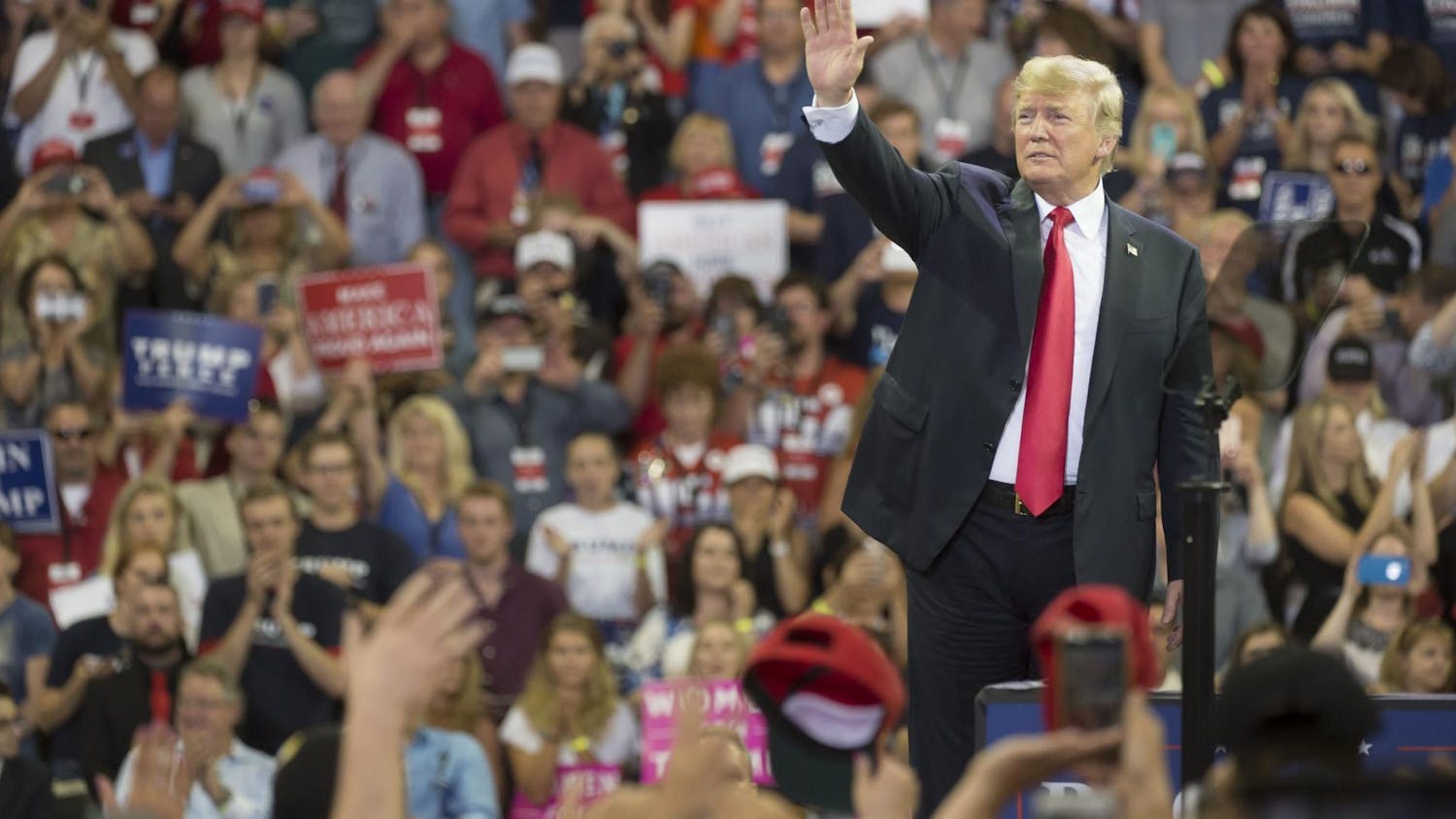Throughout this campaign cycle, I reminded my readers to go vote on Election Day. Regardless of my noble efforts, voter turnout remained disappointingly low; according to the U.S. Elections Project, roughly 58 percent of eligible voters voted in the 2016 election. The U.S. voter turnout rate is actually one of the lowest in the developed world.
Of course it’s natural to wonder what causes this gap. Surely the Electoral College has something to do with it. In Wyoming or Vermont, voters may not feel like their vote matters as much as in Florida or Colorado. For the presidential race, this view isn’t necessarily wrong. But down-ballot elections matter too. If the Democrats had won a few more seats in the Senate, they would have been able to reject some of President-elect Donald Trump’s cabinet appointments.
Many people have also lost hope in the government; according to a recent Gallup poll, only 20 percent of Americans approve of Congress. To be fair, that is up from just nine percent in November of 2013. It's tough to motivate yourself to vote for a government in which you do not believe.
The elephant in the room is voter disenfranchisement, i.e. the set of laws that make voting more difficult for some people. Disenfranchisement has an ugly history in America. After the Civil War, the Fifteenth Amendment gave African-American men the right to vote, yet many southern states passed laws making it all but impossible for them to do so. For example, voters were asked to pay a poll tax. This tax disproportionately affected African-American voters, who were generally less wealthy.
The most shocking law was the literacy exam. Election officials would select potential voters (usually African Americans) who could not prove a requisite level of education to sit a 10 minute test. These tests were purposefully nearly impossible to pass. Some tested advanced civics, while some were basically riddles.
Thankfully, Congress passed the Voting Rights Act in 1965, outlawing disenfranchisement laws. The act also put extra burdens on specific states and districts where voter discrimination was most widely used. But the Supreme Court deemed this section unconstitutional in 2013, as the law was based on 50-year-old data.
Since then, we have seen a reversion to some levels of discrimination. Some states have begun to force voters to present ID at the polls, but not everybody has IDs. These laws function as a new poll tax, requiring those who can least afford it to pay to vote.
Again, this generally affects minorities who, for the last few generations, have voted Democratic. In 2012, Pennsylvania politician Mike Turzai noted that voter ID laws would “allow [Republican] Governor Romney to win the state.” If that is not a smoking gun, I don't know what is. And before Breitbart commenters threaten to fly to England and throw me into the River Thames, even some Democratic states, like Rhode Island, have experimented with voter ID laws.
Naturally, there are plenty of other factors; I did not mention that most felons do not get to vote for years after getting out of jail. But by putting all of these effects together, I think we can start to get an explanation for why Americans vote less than most of the developed world.
The Arena: Turnout for what






